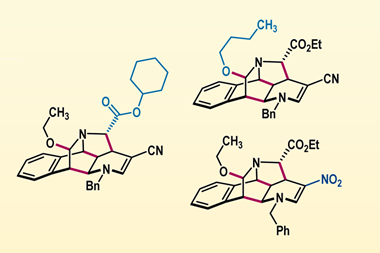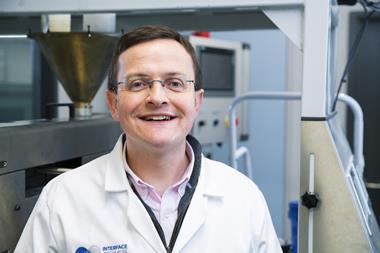By measuring moisture recombination in ceramics, scientists have found a new way to date ancient pottery and brickwork
A new way to find the age of ceramic objects, such as ancient pottery, has been developed by scientists in the UK. The technique measures how much water the items have absorbed since they were fired - simply and accurately revealing when they were made.
Broken pottery, brickwork or tiles are unearthed at almost every archaeological dig site, but they are often of little use to archaeologists as determining how old they are is difficult. Carbon dating cannot be used because ceramics are made from finely-grained mineral clay, and alternative dating methods are complex and costly.
Now, UK scientists have found a way to date these artefacts and thus give fresh insight into the history and construction of excavated ruins or items. Key to the process is the knowledge that there is an ultra-slow recombination of moisture in fired-clay ceramic objects as they chemically combine with moisture from the air, and that this ’rehydroxylation’ process occurs at a predictable rate once an object is fired.
’This process is well known,’ says Margaret Carter, who worked on the project at the University of Manchester, UK. ’Experienced bricklayers will not use bricks that are kiln-fresh as they can expand - quite rapidly at first.’
Importantly, Carter explains, ceramic materials continue reacting with water at a steady rate over their lifetime, regardless of their environment - whether buried, stored underground or exposed to the elements - and this precise rate of absorption acts as an internal clock. ’Unless the artefact has been left in the Sahara desert, the rate of water absorption will be pretty constant,’ she adds, but notes that this method won’t work for items that have been glazed or painted to seal out moisture.
The laboratory procedure is simple: a piece of the ceramic is ’re-fired’ to dry it out and the difference in weight precisely measured. Then, because mineral clay composition can vary wildly between different ceramics, the sample is monitored to determine the rate at which it picks up water - allowing the age to be calculated.
The researchers indicate that the technique may also find uses in spotting fake objects or uncovering whether buildings have been re-built or experienced a fire. For example, while testing a variety of bricks and tiles provided by the Museum of London - including Roman, medieval and modern samples - all but one of the samples were accurately dated.
The sample that threw the results was a clay brick from a medieval priory in Canterbury, UK, which was dated at only 66 years old instead of several hundred. On further investigation, the team found that the priory had been bombed during World War II, resulting in the clay bricks being heated over 500?C, which would have dried them out and thus affected the results.
’This work is an interesting addition to the potential range of dating methods - and certainly simpler than techniques like luminescence,’ says Ian Bailiff, an archaeologist at the University of Durham. ’However, the devil is likely to be in the detail.’
Bailiff notes that one difficulty may be analysing older specimens, due to the complex fluctuations in temperature and environmental conditions that occur over a long timescale. ’Since the dating method is temperature dependant, more work may be needed to obtain calibration data.’
Lewis Brindley
References
M Wilson et al, Proc. R. Soc. A, 2009. DOI:10.1098/rspa.2009.0117






No comments yet